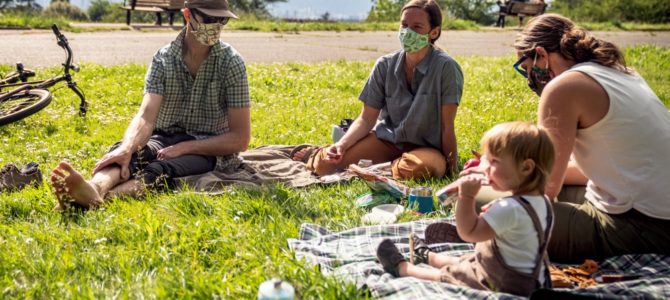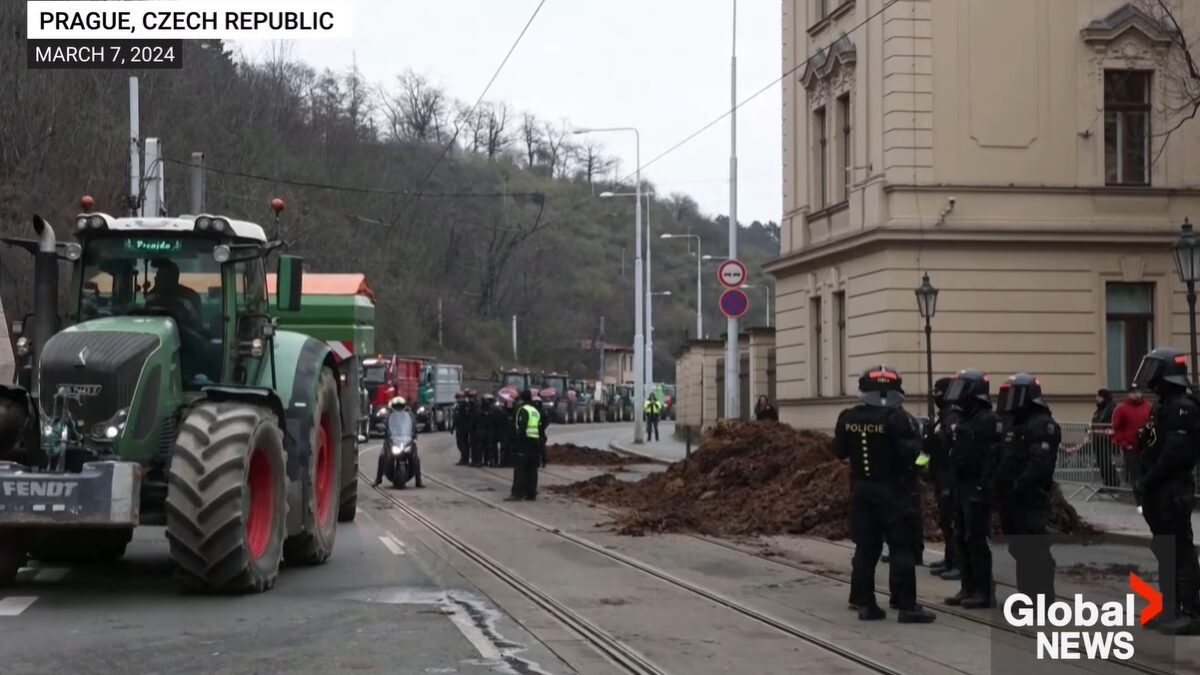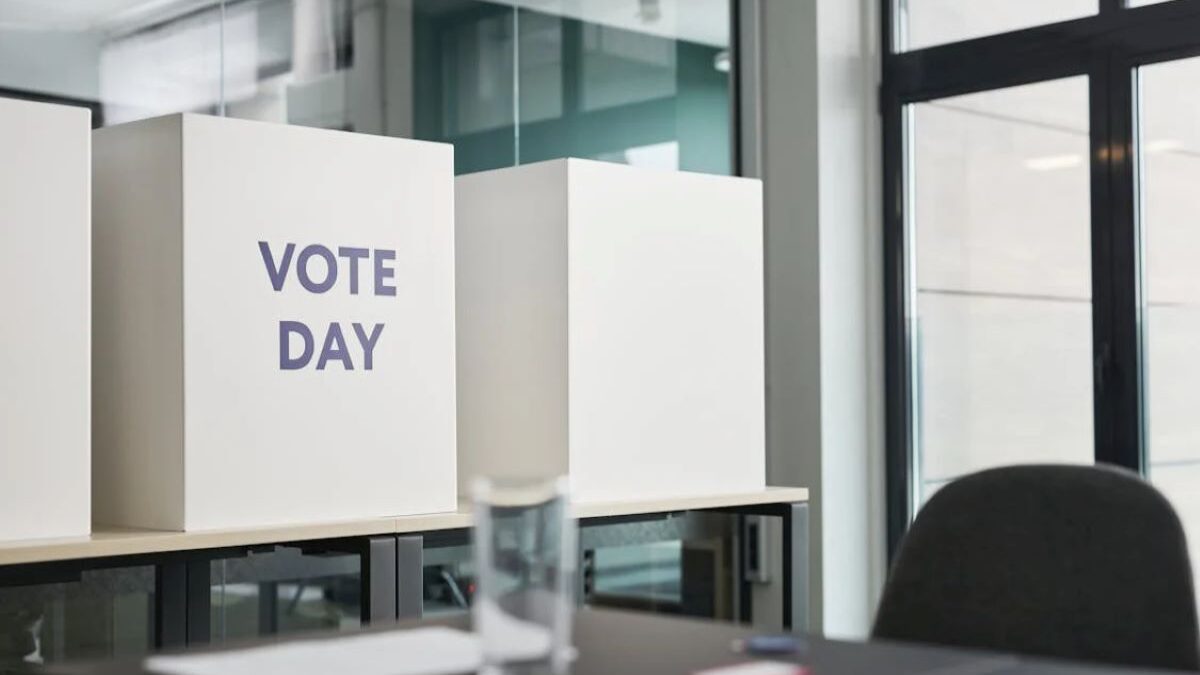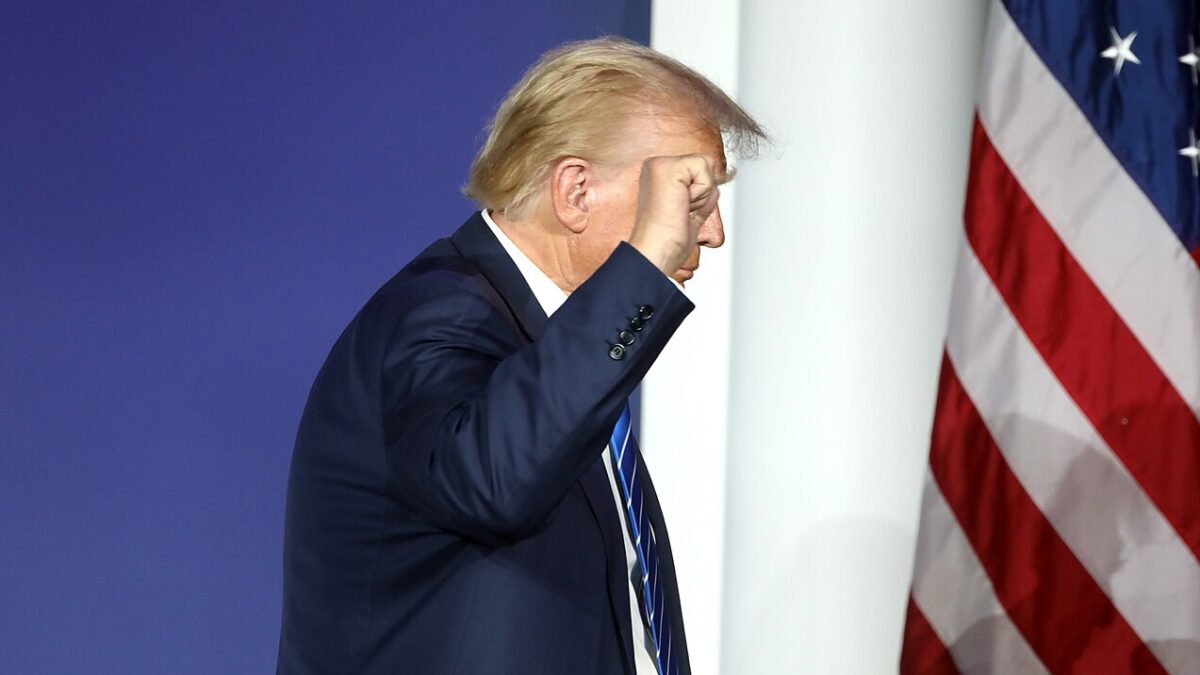
We are all sick of this pandemic, and some people are ready to get sick from the Chinese coronavirus just to get it over with. Everything has been disrupted by this disease and our efforts to contain it, and the agonies and indignities inflicted sometimes seem interminable and intolerable. Thus, some people want to pursue a herd immunity strategy: isolate the most vulnerable while the rest of us go about life and let this pestilence burn itself out.
As Joy Pullmann recently argued here at The Federalist, “the nation needs people to keep getting coronavirus” because it might take years to develop and manufacture an effective vaccine. Fortunately, “the lethality of this disease is registering significantly lower than it did three months ago.” She concludes that “We are all going to get it, sooner or later, and we have to…herd immunity…is what will really protect the vulnerable.” In short, the scientific experts aren’t likely to get it done quickly, so we’re going to have to beat the virus the old-fashioned way, one immune system at a time.
The conclusion follows from the premises, but they are incorrect or incomplete. Pursuing herd immunity would be a mistake. If done quickly, it would cause needless deaths and exacerbate the economic and social suffering its proponents hope to remedy. Yet even if done more gradually, which I believe to be Pullmann’s preference, it could take longer to develop than a vaccine.
A Vaccine in The Future
There is good news about vaccine development. For example, an Oxford research group recently reported positive results from a human vaccine trial. Additional trials are already underway, and manufacturing is being scaled up to have stockpiles of the vaccine ready to go if and when it is approved for the public. Similar efforts are taking place in the United States, intending to deliver “300 million doses of a safe, effective vaccine for COVID-19 by January 2021.”
We may reasonably expect that within a year there will be multiple safe, effective vaccines available, at least in the United States and other advanced nations that can afford to develop them. If these efforts fail, it would likely not be due to supply chain and engineering problems (such as a shortage of glass vials) that are being identified and addressed, but to causes that would also complicate the path to natural herd immunity.
For instance, if a vaccine produces only short-lived immunity, it is possible that an actual infection would do the same. Likewise, if the virus were to mutate sufficiently to evade the immunity response established by a vaccine, likely, it would also evade an immunity established by a previous infection.
Furthermore, while conspiracy theories about vaccines in general and a coronavirus vaccine, in particular, may motivate resistance to a vaccine, there will also be resistance to a strategy of natural herd immunity. Many people are more cautious than required to be by government mandates, and they will not change that just to achieve herd immunity.
There Are Already Reasons for Hope
Another piece of good news is that treating COVID-19 is not a “vaccine or bust” proposition. Even without a vaccine, our ability to treat this disease has improved significantly. From using existing antiviral drugs to learning how to better position patients to developing COVID-19 specific antibody therapies and more, doctors and nurses can treat the disease more effectively now than in March, and things will continue to improve. Delaying the spread of the virus saves lives, not just because it protects hospitals from being overwhelmed, but also because treatments are getting better.
These advances in treatment may contribute to what Pullmann characterized as lower lethality, though there are other factors to consider. Although a more infectious strain seems to have developed, the virus does not appear to have mutated to become less deadly. What might account for a declining case fatality rate?
We are probably seeing a confluence of factors. First, increased testing is catching mild and asymptomatic cases that would previously have been missed; identifying more of the non-serious cases makes the disease look less deadly. Second, the population getting infected may be changing, with younger and healthier people getting the virus while the vulnerable are being better protected than they were in New York’s nursing home massacres. Third, better treatments may be helping those who are infected survive.
These are all causes for hope, but American coronavirus deaths are still rising back toward an average of a thousand a day. Furthermore, deaths are a lagging indicator, and there are reasons to be concerned that they are going to spike further. Rushing to achieve herd immunity would make things much worse, in part because high infection rates will make it harder to protect the most vulnerable.
There Is No ‘Easy’ Solution
The United States has attempted a mix of mitigation and suppression strategies, and we still have around 150,000 dead and more than 4 million confirmed cases. Unfortunately, even if we are only catching 10 percent of cases and the number of actual cases is closer to 40 million, we are nowhere near herd immunity, which will probably require between 220-260 million Americans to be infected.
By the time we reach that we will probably have a vaccine anyway, but the mortality and morbidity would likely exceed what the American people would bear, with the attempt provoking a backlash leading to even stricter lockdowns and more economic and social damage.
As we have found, there is no way to avoid significant suffering during this plague. For instance, Sweden has been praised by many of those urging a herd immunity approach, but the architect of the Swedish strategy has admitted to getting it wrong. Comparisons between different nations can be misleading (different nations are, well, different) but it is worth noting Sweden has one of the highest per-capita death rates in the world (higher than the United States, let alone its neighbors) and its economy has still taken a major hit. And Sweden still doesn’t have herd immunity.
Delaying the virus has social, educational, and economic costs, but the uncontrolled outbreaks needed to quickly achieve herd immunity would also be incredibly disruptive — churches, businesses, and schools would not continue like normal. Trying to reach herd immunity gradually would be less disruptive, but it might also delay the development of herd immunity until after a vaccine is ready.
We all want to get back to normal, but that will only happen with the virus under control. Controlling the virus, however, is not just a matter of waiting for science to save us or trusting to government policies. Personal responsibility — calibrated to local conditions — will be what allows us to contain this disease enough to get closer to life as we used to know it at least as much as government policy. We can spend time together with friends on the lawn or the front porch instead of indoors. With masks and distancing, we can go back to church while protecting each other.
There is no easy way out of the pandemic, but committing to the perilous path to herd immunity would be a mistake right now. There is good reason to expect an effective vaccine and, although we have not yet reached the point where we need not fear the virus, we are improving our ability to identify and treat those who are infected. We will beat this. In the meantime, mask up.









